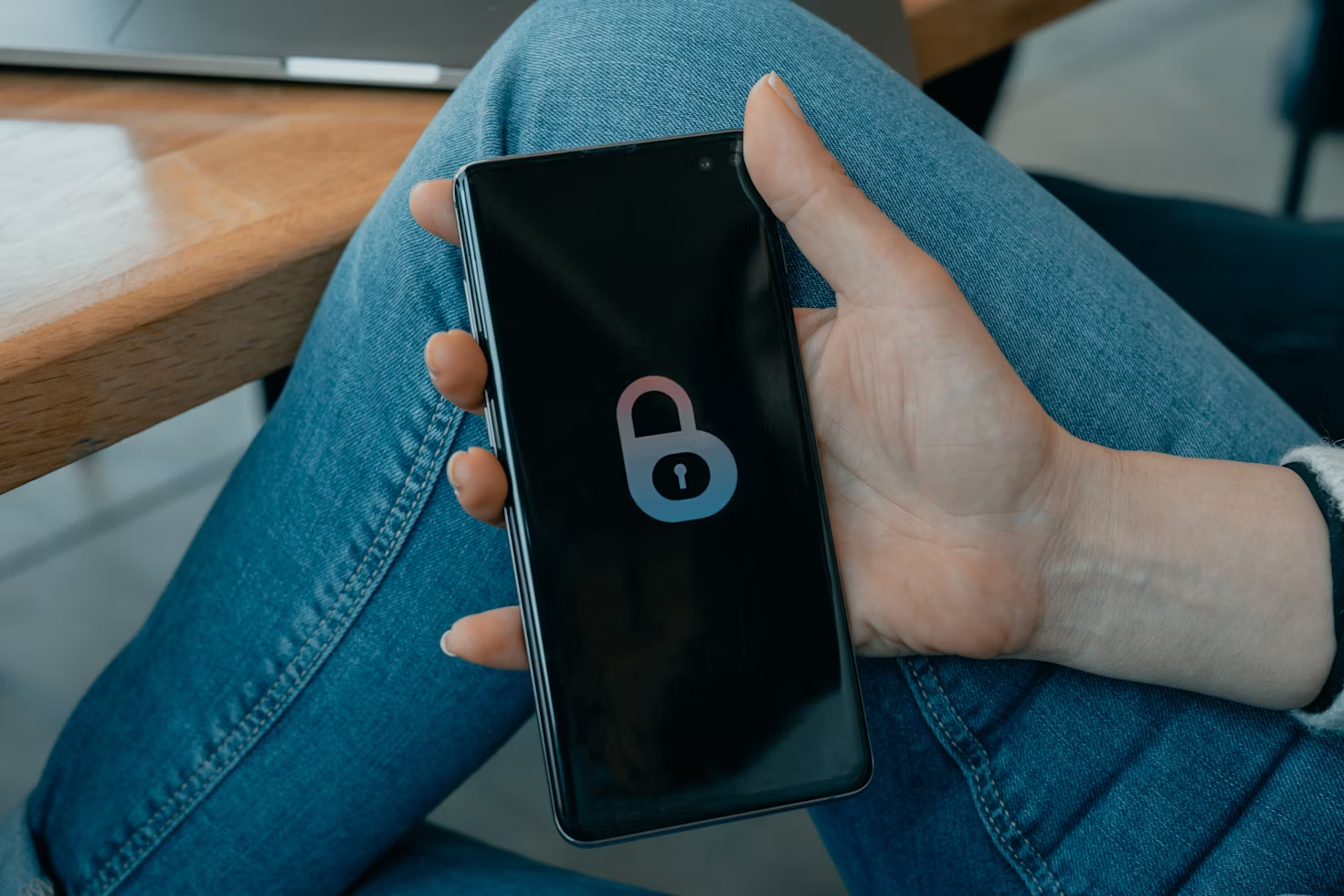
What is De-Identified Health Information? A Complete Guide
In today’s digital age, health data is more valuable than ever—but it also demands high standards of privacy and protection. One key concept in maintaining privacy while leveraging healthcare data is de-identified health information. In this article, we’ll explore what de-identified health information is, how it's created, why it matters, and what legal standards apply to it.
What is De-Identified Health Information?
De-identified health information refers to medical data that has been stripped of all personally identifiable information (PII), such that the individual it pertains to cannot be reasonably identified. This process allows organizations—like healthcare providers, researchers, and insurers—to use data for secondary purposes such as research, analysis, and innovation without violating patient privacy.
Why is De-Identification Important?
With the explosion of electronic health records (EHRs), AI in healthcare, and data-driven research, there's a growing need to use health data while protecting individual privacy. De-identification ensures:
- Compliance with privacy laws (e.g., HIPAA in the U.S.)
- Protection against data breaches
- Freedom to innovate using health data
- Trust between patients and providers
De-identification serves as a bridge between innovation and privacy—especially in fields like public health research, where large datasets are essential.
De-Identification vs. Anonymization: Are They the Same?
While often used interchangeably, de-identification and anonymization are slightly different concepts:
- De-identification: Removes or masks personal identifiers but may allow re-identification under strict conditions.
- Anonymization: Makes it impossible to re-identify the data subject in any way.
Under HIPAA (Health Insurance Portability and Accountability Act), de-identified data is not subject to HIPAA regulations, as long as it meets specific criteria.
What Does HIPAA Say About De-Identified Health Information?
HIPAA outlines two acceptable methods for de-identifying Protected Health Information (PHI):
1. Safe Harbor Method
In this approach, 18 specific identifiers must be removed from the data. These include:
- Names
- Geographic information smaller than a state
- Dates (except year)
- Telephone and fax numbers
- Email addresses
- Social Security numbers
- Medical record numbers
- Biometric identifiers
- Full-face photos and comparable images
Once all 18 elements are removed, and the entity has no actual knowledge that the remaining information could identify the individual, the data is considered de-identified.
2. Expert Determination Method
A qualified expert applies statistical or scientific principles to determine that the risk of re-identification is “very small.” This method offers more flexibility but requires documented expert analysis.
Use Cases for De-Identified Health Information
De-identified data is a goldmine for healthcare innovation, enabling safe exploration without infringing on privacy. Some key use cases include:
Medical Research
Researchers use large datasets to discover trends, test hypotheses, and improve treatments without compromising individual identities.
Public Health Monitoring
De-identified data helps track disease outbreaks, monitor vaccination rates, and study population health metrics.
Healthcare Analytics
Hospitals and clinics can analyze operational data—like readmission rates or patient satisfaction—while maintaining patient confidentiality.
Product Development
Health tech companies can develop apps, devices, or software solutions using de-identified datasets to train AI models.
Risks and Limitations of De-Identified Data
While de-identification is powerful, it's not foolproof. Some risks include:
- Re-identification Attacks: With access to external data sources, attackers might re-identify individuals by correlating datasets.
- Data Utility Loss: Stripping identifiers may sometimes reduce the data's usefulness for advanced analytics.
- False Sense of Security: Assuming all de-identified data is "safe" can lead to lax security practices.
Therefore, ongoing risk assessments and strong governance frameworks are essential when handling even de-identified data.
Best Practices for Managing De-Identified Health Information
To effectively manage de-identified data, organizations should:
- Implement robust de-identification tools and algorithms
- Use role-based access control for data usage
- Conduct regular audits and risk assessments
- Maintain documentation of methods and decisions
- Monitor for any possible re-identification attempts
Future of De-Identification in Healthcare
As big data and artificial intelligence become more integrated into healthcare, the role of de-identified data will expand. We can expect:
- Improved privacy-preserving technologies (like differential privacy or synthetic data)
- Clearer regulations on data re-identification risks
- More collaboration between tech, legal, and medical experts
The future lies in privacy-aware data ecosystems, where we can unlock insights while honoring individual rights.
Conclusion
De-identified health information plays a crucial role in the healthcare ecosystem. It enables data-driven innovation while upholding the ethical and legal obligations to patient privacy. Whether you're a healthcare provider, researcher, or data analyst, understanding and respecting the principles of de-identification is not just good practice—it’s essential.
By removing personal identifiers while preserving data utility, de-identification ensures we continue making progress in medicine, technology, and public health—without compromising trust.

Comments (0)